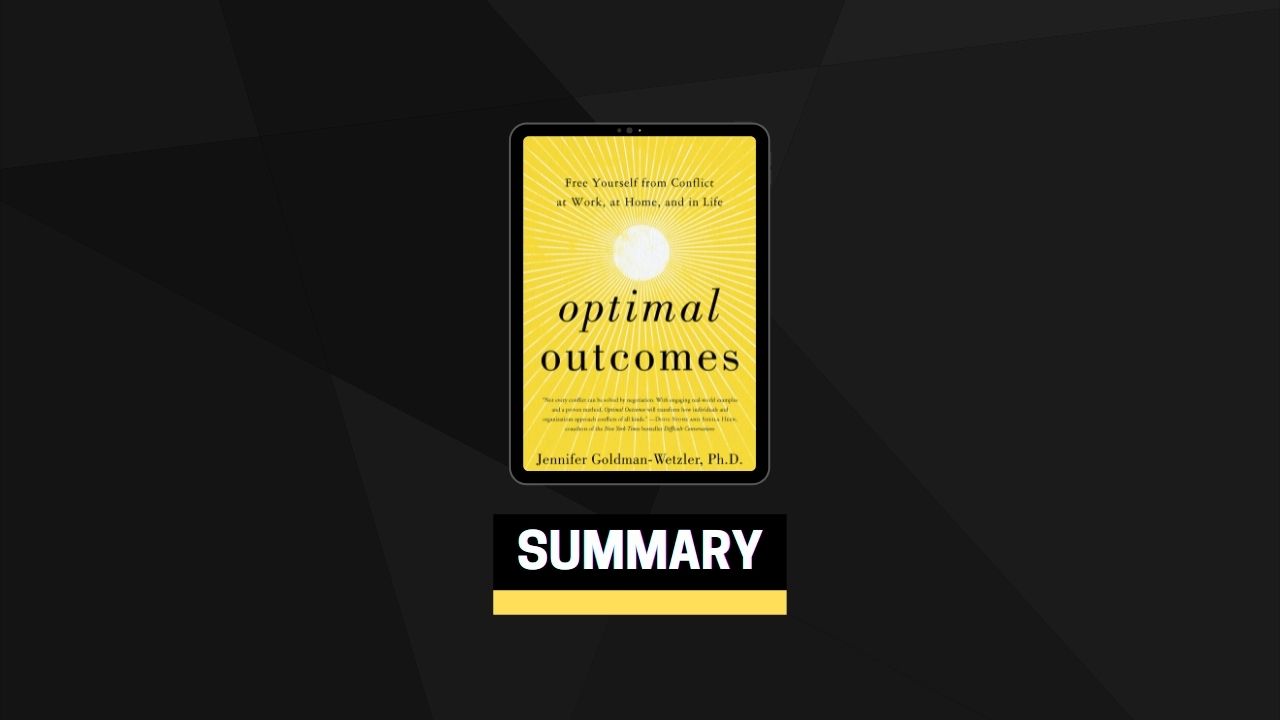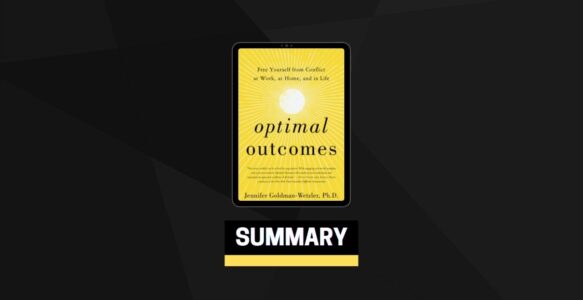Notice Your Conflict Habits
The first practice to free yourself from conflict is to simply notice your primary conflict habit and the conflict pattern to which your habit is contributing.
We try, but typically fail, to resolve recurring conflicts through the use of four conflict habits: Blame Others, Shut Down, Shame Yourself, and Relentlessly Collaborate.
Each conflict habit interacts with each of the other three, and with itself, to create conflict patterns that keep us stuck in the conflict loop.
Blame Others: Blame Others habit typically produces a loss rather than the win you intended. Sometimes you lose face, while other times you lose money, relationships, time, energy, and focus.
Shut Down: Your good intentions, to avoid confrontation, can be useful in situations where you’re too upset to have a productive conversation. However, when you avoid conflict at any cost, your behavior goes beyond simply avoiding things when you’re too upset; you become incommunicative, which allows situations to fester, making them worse, not better.
Shame Yourself: When you take the blame, your well-intentioned goal is to learn and do better next time. The upside is that you’re taking responsibility for your own actions and you’re focused on how you can improve. But when you’re compelled to do this regardless of the extent to which you played a part in any particular situation, and when you feel that not only did you do something wrong but you are bad or wrong, your original intention to learn becomes distorted.
Relentlessly Collaborate: When you’re relentlessly collaborative, your well-intentioned openness to others becomes warped. You’re on a mission to collaborate at any cost. You end up wasting valuable time and energy devising potential solutions that will never satisfy the others involved.
Map Out the Conflict
Conflicts are typically caused by multiple factors, but our tendency is to view situations in much simpler terms. This may help us in a fight-or-flight situation, but it is not helpful when we seek to understand the sources of recurring conflict.
When you take a step back and use a wide-angle lens, you gain a more complex and nuanced understanding of a situation that previously seemed black and white. This allows you to identify levers for change that were impossible to see before and develop approaches to the conflict that are different than if you were still looking at the situation in a simpler way.
One of the best ways to widen your perspective is to map out the conflict. Once you’ve done so, pause to look at it, and notice what it tells you.
Sometimes the benefit of mapping a conflict is that it broadens your perspective. Other times, it is the exact opposite: mapping clarifies, even crystallizes, your perspective.
Put Your Emotions to Work for You
We experience our emotions by thinking about them and feeling them physiologically. Our emotions can range from high intensity to low intensity. We express our emotions by acting on and talking about them. We express emotions along two dimensions: level of constructiveness and ease of expression.
Level of Constructiveness: The way you express your emotions can range from highly constructive to highly destructive.
If you feel angry, a constructive response may be to talk with others about the cause of your anger, while a destructive response might be to act violently against others.
Ease of Expression: The way you express your emotions can also range from easy to difficult. You may express joy by jumping up and dancing when you feel happy; you may express fear by shrieking at a scary movie; or you may express sadness by spontaneously shedding tears when you think of a loved one who has passed away.
Depending on how you experience and express your emotions, you are vulnerable to falling into the Knee-Jerk Reaction Trap, the Inaccessible Emotions Trap, or the Lurking Emotions Trap. To stop falling into an emotion trap, pause to reflect on your emotional experience. Allow your emotions to settle. Ask what messages your emotions are trying to send you. Then take constructive, pattern-breaking action based on the messages.
Knee-Jerk Reaction Trap: When you fall into the Knee-Jerk Reaction Trap, you express a quick reaction based on your emotional experience.
Inaccessible Emotions Trap: When you fall into the Inaccessible Emotions Trap, your emotions exist inside of you, but they remain inaccessible to others and often even to yourself.
Lurking Emotions Trap: lurking emotions can betray you by oozing out even when you try to conceal them, which can lead to miscommunications and conflict with others.
If other people express emotions in a way that is challenging for you, remember that they are living their own journey. Even if they are reacting to something you said or did, their emotional expression is theirs, not yours. By making an observation and asking what is going on for them, you can reroute their emotional expression away from you and back to them, where it belongs.
Honor Your Values & Theirs
Our shadow values lack clarity because we’ve pushed some of them out of our consciousness. Because we’re in denial about them, we’re often unaware that they lead us to speak and act in ways that keep us stuck in the conflict loop. Meanwhile we’re proud of our ideal values so much so that we hold them publicly.
Ideal values and shadow values differ widely from person to person. This is because messages about what is okay and not okay to value are different from home to home, community to community, and organization to organization.
Values can conflict in multiple ways. The most obvious way is when your own ideal values seem to clash with others’. But your ideal values can also conflict with one another inside yourself. And your shadow values can seem to clash with your ideal values, driving your behavior without your conscious awareness and causing misunderstandings with others. This is also true when it comes to other people’s shadow values. Because they’re unable to admit to them, dealing with them head-on can be tricky.
Simply seeking to identify and acknowledge the existence of your own and others’ ideal and shadow values—even when you don’t like or agree with those values—can help break the conflict pattern.
Considering others’ shadow values can enable you to develop greater empathy for them, which is likely to have a freeing effect on you. Thinking about others’ history will help you break free from the conflict loop.
Choose an Optimal Outcome
There are four common sources of hesitation. Though each of them is slightly different, they all serve one purpose: to keep you safely within your comfort zone. Unfortunately, staying in your comfort zone keeps you stuck in the conflict loop, which prevents you from achieving an Optimal Outcome.
The first source of hesitation is due to fantasizing about an unfeasible Ideal Future. If your Ideal Future does not take into account the reality of your situation or the needs of other people, it won’t work, and you’ll stay stuck in conflict by default.
The second source of hesitation is due to fantasizing about a Walk-Away Alternative regardless of how costly or unfeasible it is. A Walk-Away Alternative is any scenario that would involve walking away from, or ending a relationship with, people in your situation.
Fantasizing about a Walk-Away Alternative can serve as a pain reliever, distracting you from the fear of changing your behavior and the painful emotions of being stuck in conflict. But being distracted by your fantasies keeps you from doing any real work to improve your situation, thereby keeping you and others stuck in conflict.
The third source of hesitation occurs when your Walk-Away Alternative is more feasible than you originally thought, especially compared with your Ideal Future. You may spin your wheels trying to make your Ideal Future work while ignoring the fact that walking away is actually a more viable choice.
The fourth and by far most common source of hesitation is that the prospect of changing your behavior to pursue your Pattern-Breaking Path is daunting. In your effort to avoid this discomfort, you neglect to take into account the fact that you’ll also experience uncomfortable feelings if you don’t move ahead.
When conflict lasts a long time, the uncomfortable feelings that arise from it can come to seem like the “new normal.” They become harder to notice. Staying in Conflict can sometimes feel comfortable, even when it is, in reality, anything but.
To identify an Optimal Outcome, assess the feasibility of your Ideal Future, Staying in Conflict, and any Walk-Away Alternatives and compare each of the feasible options’ costs and benefits with one another. The feasible option with the lowest costs and greatest benefits is your Optimal Outcome.
It is not realistic to try to get rid of your fear of change. Experiencing fear of change is a natural part of being human. Instead, the best way to deal with fear of change is to muster up your courage. Your courage will blossom as you overcome your fear.
Taking a Pattern-Breaking Path to achieve an Optimal Outcome will free you from the conflict loop. Once you’re free, the conflict pattern will be broken, and others will naturally be freed from it as well.
Your actions are a contagious form of leadership; when you free yourself from conflict, you help free others, too.
Cheat Sheet: Optimal Outcomes
- Identify any hesitation. What sources of hesitation are at play for you, if any?
- Reckon with the options. What are the feasibility, costs, and benefits of your Ideal Future, Staying in Conflict, and any Walk-Away Alternatives?
- Identify your Optimal Outcome. Which of the feasible options (Ideal Future, Staying in Conflict, and any Walk-Away Alternatives) has the greatest benefits and lowest costs for you? This is your Optimal Outcome. Design a Pattern-Breaking Path to pursue it.
- Be courageous. What is one courageous action you can take to follow your Pattern-Breaking Path toward an Optimal Outcome?
- If this helps you exit the conflict loop, congratulations. If it doesn’t, pause and design and test another path until you free yourself from the loop.


